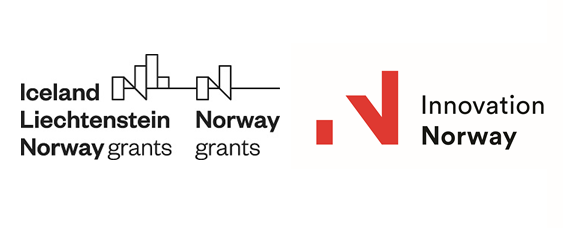Last year we attended a very interesting presentation at SPI conference. “Interesting” usually brings in mind some positive thoughts like “the presenter has an extensive experience and we’ve found some good advice in what he or she presented”. Well, this time it was a little different.
We knew from hear-say that the presenter’s company was quite successful at that time but with a high attrition rate and other staff problems and we were really curious to know why.
The first phrase stated that the success of a SPI Programme depends greatly on the people involved and on their commitment to the programme. Nothing new, we’d say that the success of any project depends greatly on the people involved and in their commitment.
So far so good. Ok, so how can one secure the commitment of the team?
We endured some slides offering all kind of formulas, such as
Motivation Potential Score = (Variety + Identity + Significance) / 3 x Autonomy x Feedback
Oh boy, maybe this is the rule and it is ok for many cases, but it’s a software development company we’re talking about. It’s about highly trained and extremely smart people and we wouldn’t even think of trying to jump to conclusions based on some curious statistics.
We won’t bother you with other similar ideas from that presentation – clearly taken from some smart books and applied “as-it is” to real life.
We will deal only with one quite dangerous practice explained largely in the presentation:
Project progress was reported at the team member level, and there were bonuses involved for each extra-success reported.
More people in the audience thought this to be a mistake. Software Development is team work.
Applying this practice will eventually induce an unwanted “bad internal competition”, each member rather focusing on their own job and their own good image , than on the performance of the whole team.
Not to mention that the individual report was quite detailed, so that each team member would waste quite lot of time just for reporting purposes.
Also a curious system of rewards and penalties was set in place to ensure that these reports were obtained as planned . For example, one could be the best programmer in the company but wouldn’t receive any incentive for lack of reporting progress as planned.
Other “great idea” was a black and white balls reward/ punish system for doing something good/ bad for the SPI project.
This is used with quite a success in some kindergartens in Bucharest and elsewhere. We wouldn’ t implement it in a high tech environment, especially in Romania (our sense of humor is so developed that this system would die of too much laugh).
Now we understand the high attrition rate and the staff problems. We have some difficulties to understand the company’s success. For how long, we wonder.
Andreea & Emilia, Business Information Systems
to be continued










